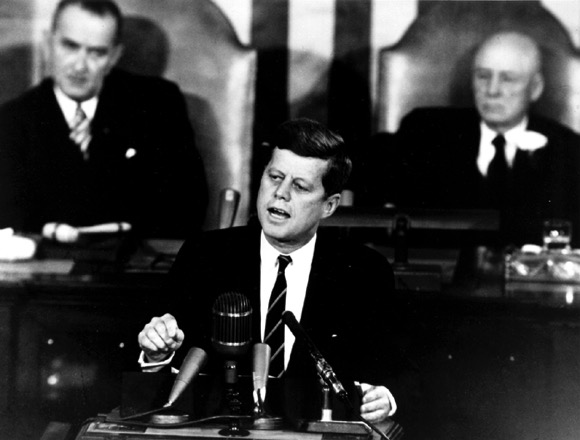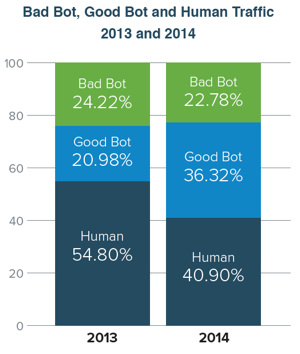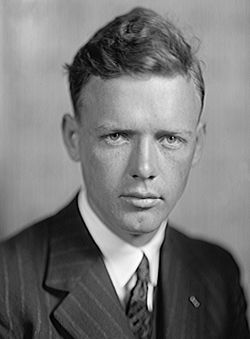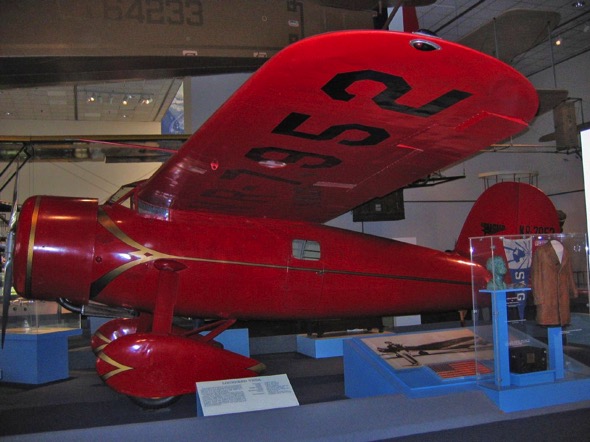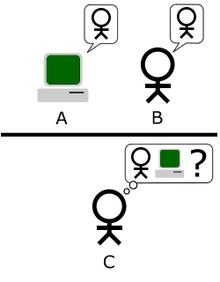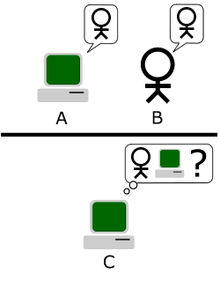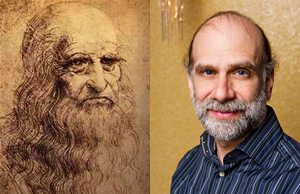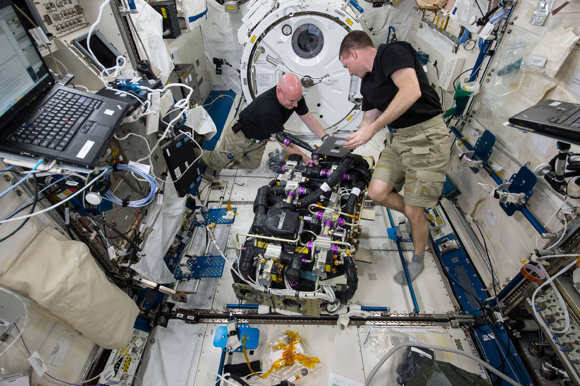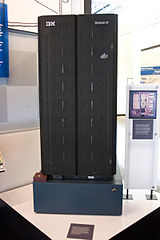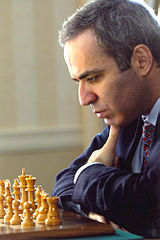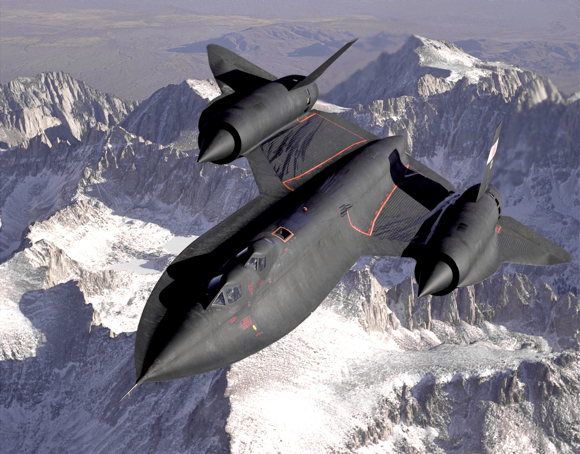May 1927 – Model T Production Ceases
On May 26,1927 Henry Ford and his son Edsel drove the final Model T out of the Ford factory. Completion of this 15 millionth Model T Ford marked the famous automobile’s official last day of production.
Â
The History.com article stated
More than any other vehicle, the relatively affordable and efficient Model T was responsible for accelerating the automobile’s introduction into American society during the first quarter of the 20th century. Introduced in October 1908, the Model T—also known as the “Tin Lizzieâ€â€”weighed some 1,200 pounds, with a 20-horsepower, four-cylinder engine. It got about 13 to 21 miles per gallon of gasoline and could travel up to 45 mph. Initially selling for around $850 (around $20,000 in today’s dollars), the Model T would later sell for as little as $260 (around $6,000 today) for the basic no-extras model. …
No car in history, had the impact—both actual and mythological—of the Model T: Authors like Ernest Hemingway, E.B. White and John Steinbeck featured the Tin Lizzie in their prose, while the great filmmaker Charlie Chaplin immortalized it in satire in his 1928 film “The Circus.â€
I have never driven a Model T, but have always loved seeing those old cars in real life or in pictures, faithfully restored or heavily customized. Just for fun, here is a hot rod that originally was a Model T. My guess is that nothing but the “bucket†is original equipment, but who cares? Enjoy!



